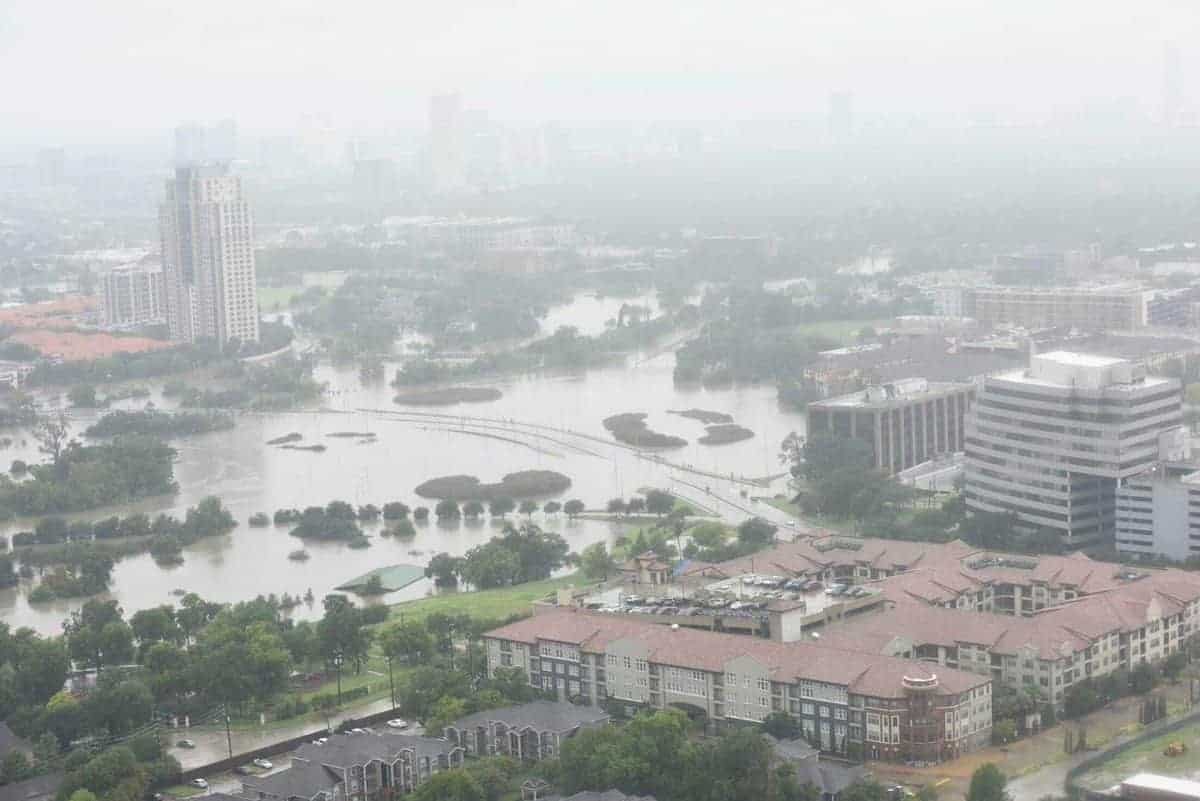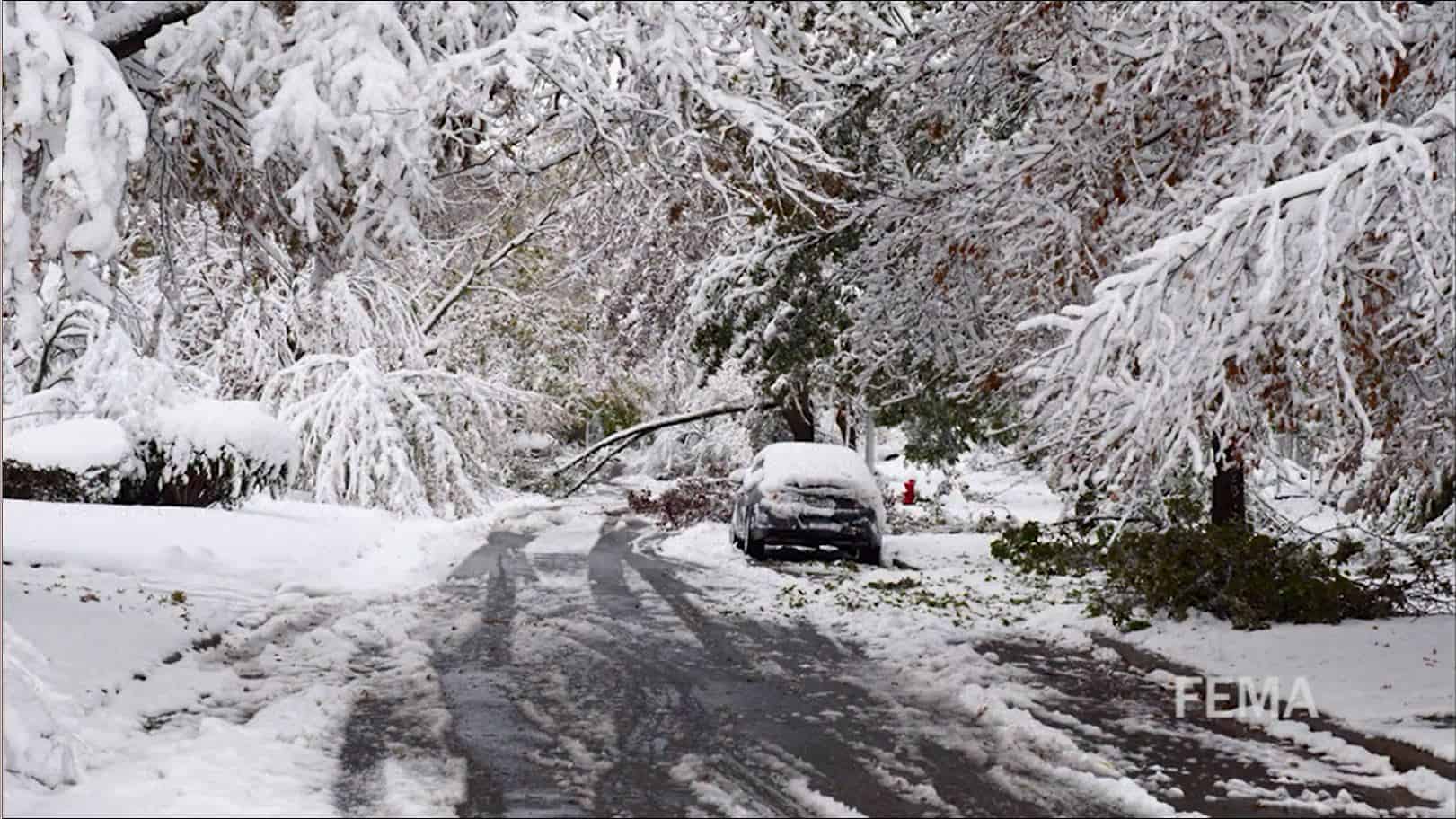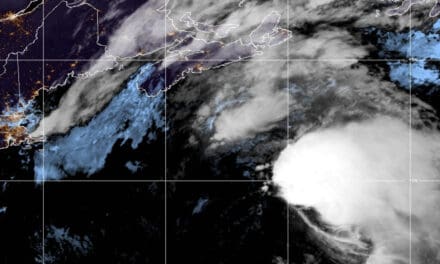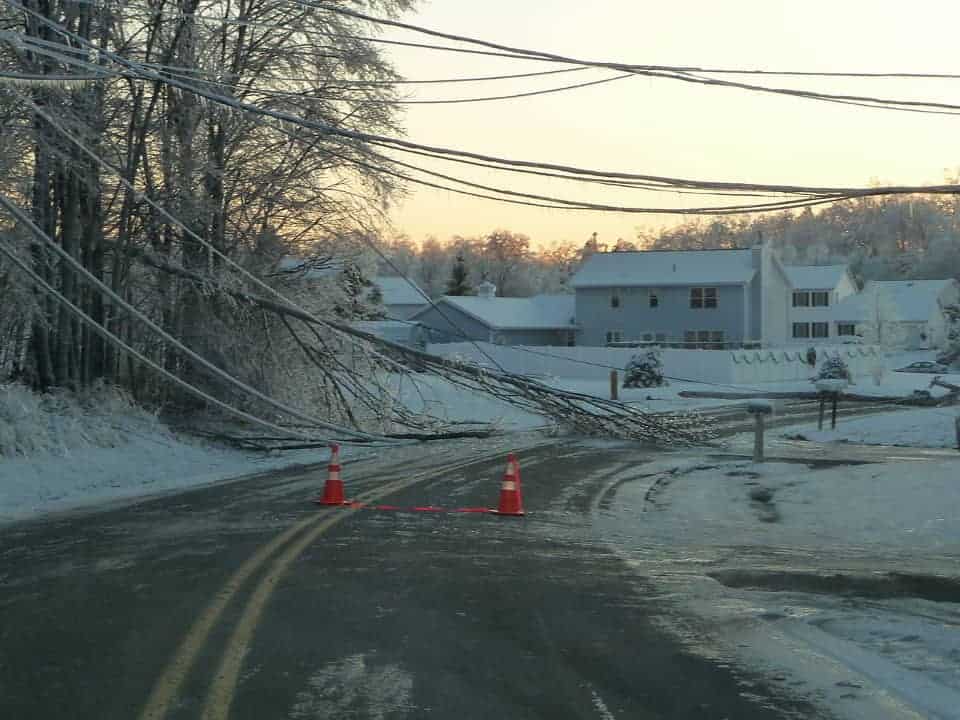Hurricanes are destructive storms that cause billions of dollars in damage and take the lives of those who are unprepared or fail to heed warnings. With modern forecasting, we usually have plenty of advance notice that a hurricane is headed our way, but that is not always the case. In 2005, the most destructive storm of the season gave little notice before it made landfall the first time.
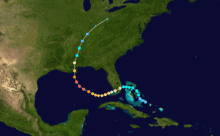
Katrina formed and hit Florida in less than 48 hours, then strengthened and took aim on Louisiana and Mississippi.
Hurricane Katrina formed southeast of Florida in the Bahamas on August 23. It was upgraded to a tropical storm on the 24th and became a hurricane just two hours before it hit the Florida Peninsula on the morning of the 25th and caused 14 deaths. The storm weakened over land, but strengthened to category three just nine hours after it passed into the Gulf of Mexico. On the 28th, with its course tracking towards Louisiana and sustained winds of 175 MPH, it was a category five storm.
On the 29th, its strength diminished to category three by the time it made landfall in Buras-Triumph, Louisiana with hurricane force winds that spanned more than 120 miles outward from the eye. Once again, it passed over land and into the gulf, then made landfall near the Louisiana-Mississippi border a third time, still at category three, and plowed across New Orleans and into Mississippi.
Katrina continued inland as a hurricane for more than 150 miles, and remained a tropical cyclone all the way to Tennessee where it was finally downgraded to a tropical depression. Katrina finally became an extratropical storm in the Eastern Great Lakes before traveling into Canada. It left 1,836 people dead and 135 missing that have never been accounted for.
Advance Warning
Hurricane Katrina is an example of a storm that didn’t give much warning before it struck the first time and caught those without a plan off guard. In Florida, a storm surge of up to five feet combined with 14 inches of rain to cause coastal and inland flooding, 2 billion dollars in damage, left more 1 million people without power.
Katrina also punctuated the difficulty of predicting a major hurricane’s path. The National Hurricane Center initially thought Katrina would travel north by northwest and strike the Florida Panhandle after crossing the Florida Peninsula. However, it traveled west into the Gulf of Mexico and intensified before it turned north and took aim on Louisiana and Mississippi to cause both coastal and inland flooding, and leave 2 million people without electrical power.
Power outages caused by Katrina affected another 100,000 utility customers as far north as Kentucky for a grand total of about three million people without electrical power by August 30th, just seven days after Katrina formed as a hurricane.
Planning
People living in coastal regions should have a plan for evacuation. The NHC tries to issue watches and warnings 36 to 48 hours in advance of a hurricane’s predicted landfall, but as shown by Katrina, that is not always possible. Inland residents should plan for evacuation in the event of inland flooding.
Evacuation Planning
- Plan for evacuation now.
- Find out if you are in an evacuation zone.
- Learn your evacuation route.
- Determine where you will go if ordered to evacuate.
- Make an evacuation packing list.
Evacuating
- Pack in advance of evacuation orders.
- Fuel the vehicle you will use, store extra fuel in approved containers.
- Leave as soon as the evacuation order is given.
Medical Equipment and Supplies
- Verify that home medical equipment can operate on emergency power supplies.
- Install a standby generator to supply your home with emergency power after a storm.
- Refill prescriptions and ensure a minimum two-week supply is on hand for after the storm.
- Stock supplies for home medical equipment.
Basic Needs
- Visit www.ready.gov for complete lists and help making emergency plans.
- Stock a month of non-perishable food.
- Purchase storage containers for drinking water―1 gallon per person, per day.
- Fill water storage containers in advance of the storm.
- Keep maintenance supplies on hand for portable or standby generators.
- When a storm threatens, stock up on fuel for portable generators.

